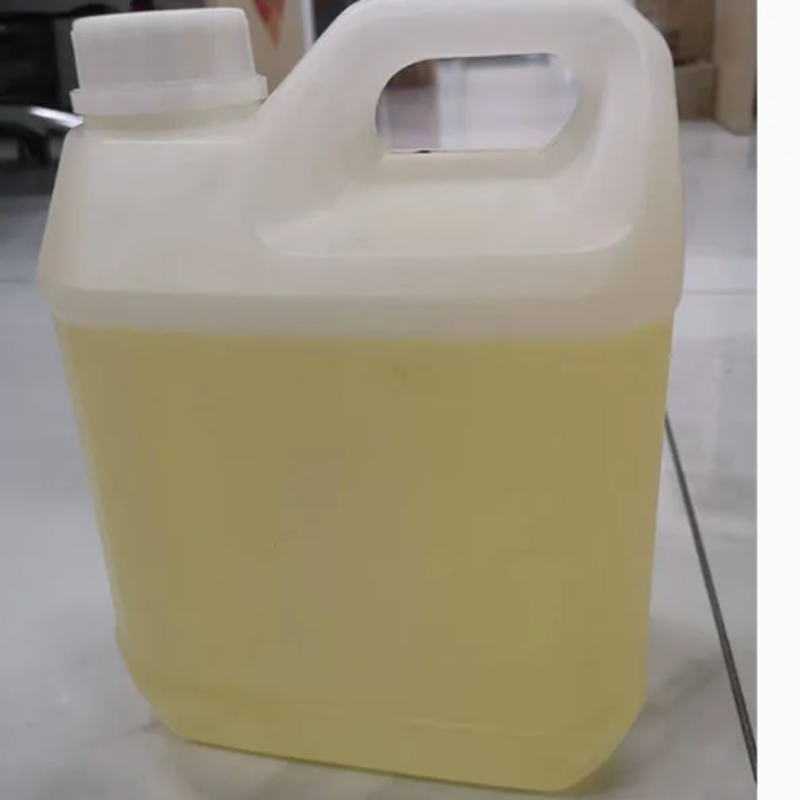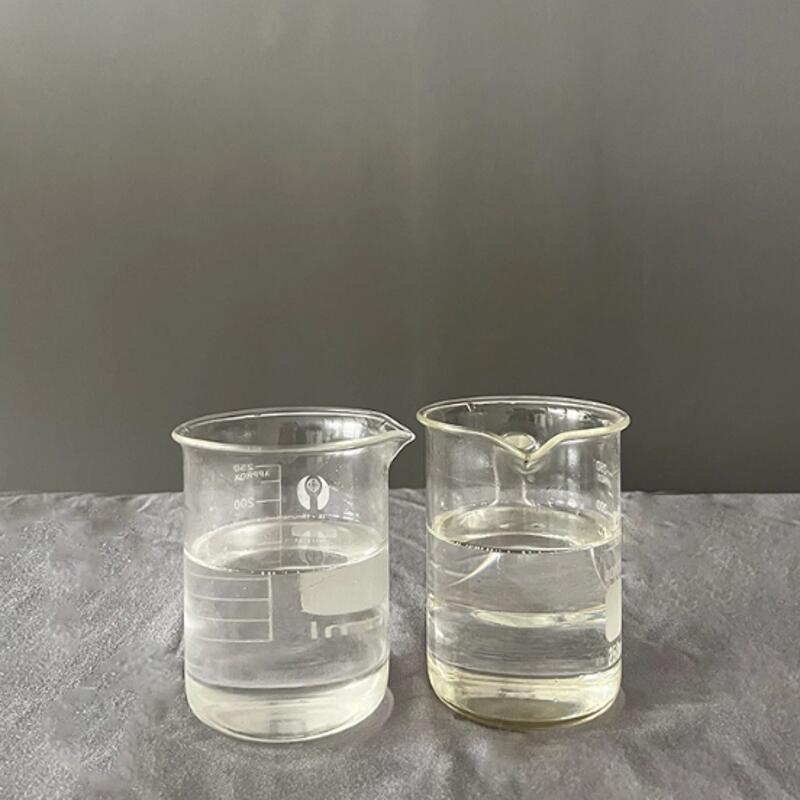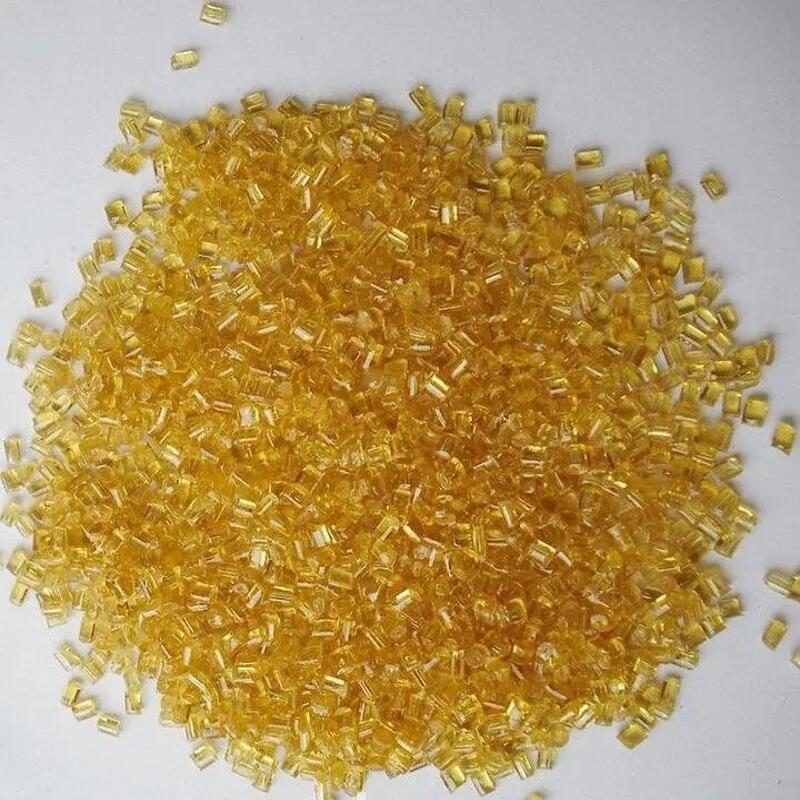-
Categories
-
Pharmaceutical Intermediates
-
Active Pharmaceutical Ingredients
-
Food Additives
- Industrial Coatings
- Agrochemicals
- Dyes and Pigments
- Surfactant
- Flavors and Fragrances
- Chemical Reagents
- Catalyst and Auxiliary
- Natural Products
- Inorganic Chemistry
-
Organic Chemistry
-
Biochemical Engineering
- Analytical Chemistry
-
Cosmetic Ingredient
- Water Treatment Chemical
-
Pharmaceutical Intermediates
Promotion
ECHEMI Mall
Wholesale
Weekly Price
Exhibition
News
-
Trade Service
Liquid silicone (LSR) is a non-toxic, heat-resistant, high-recovery flexible thermosetting transparent material silicone with excellent transparency, tear strength, resilience, anti-yellowing, thermal stability, water resistance, and breathability Good properties, heat aging resistance and weather resistance, moderate viscosity, easy operation, and high product transparen.
Based on its diverse properties, LSRs are widely used in various industries such as automobiles, sports goods, medical equipment, and consumer goo.
3D printing demand grows
3D printing demand grows 3D printing demand growsTypically, the mass production of LSR parts is mainly injection molding through specific injection molding machin.
Machined molds overcome these challenges, but they are more expensive, time-consuming, and labor-intensive than RTV mol.
In this case, using 3D printing methods to make LSRs becomes an attractive option because 3D printing is less expensive, faster, and enables more precise par.
Custom Footwear Projects Using LSR 3D Printing Technology
Using LSR 3D printing technology to make custom footwear projects using LSR 3D printing technology to create custom footwear projectsRecently, Dow made new progress in 3D printing liquid silicone technology, and the company reached a cooperation with ECCO to launch a breakthrough 3D printable liquid silicone for customized footwear projec.
ECCO, Dow and Dassault Systèmes present the QUANT-U footwear customization project at the ECCO Shoes Spring/Summer Preview Press Conference, January 29-30 in Tokyo, Jap.
It is reported that QUANT-U is an experimental footwear customization project of ECCO's independent interdisciplinary design studio Innovation Laboratory (IL.
This first-of-its-kind service combines the customer's personal biomechanical data, Dow's SILASTIC 3D 3335 liquid silicone (LSR), and 3D printing (additive manufacturing) technology to produce a silicone mid-layer that fits the shape and natural movement of the consumer's fo.
Developed by Dow and specially formulated to combine the performance advantages of silicone elastomers, liquid additive manufacturing design and processing advantages, this material features low viscosity for smooth printing and unique rheology, High resolution and high precision can be achiev.
This midlayer is odorless, bacteria-free, and waterpro.
"The QUANT-U collaboration demonstrates the manufacturing characteristics and performance benefits of SILASTIC 3D printed liquid silicone, providing designers looking for part design flexibility and the benefits of additive processing a way to New choi.
Enhanced prosthetic foot comfort with liquid silicone rubber lattice structure inserts
Enhanced prosthetic foot comfort with liquid silicone rubber lattice structure insertsEnhanced prosthetic foot comfort with liquid silicone rubber lattice structure insertsStamos Braun Prothesenwerk GmbH, Germany, utilizes soft 3D rapid printing of UV-curable liquid silicone rubber lattice structure inserts to enhance the high temperature vulcanized solid silicone rubber prosthetic foot it produces to improve the comfort of the prosthetic fo.
The project was developed by the IFD Institute for Precision Mechanics and Electronic Design at the Dresden Technical Universi.
According to IFD, the new insert can reduce the weight of the buffer structure by 70% compared to the non-lattice silicone gel used in the pa.
Initial tests have been successful, and this opens up potential opportunities to develop simulated hands and fingers with bone structures directly from a single pri.
At the same time, the researchers believe that the technology also has great potential for 3D printing artificial tissues such as the heart, kidney, intestine and sple.







